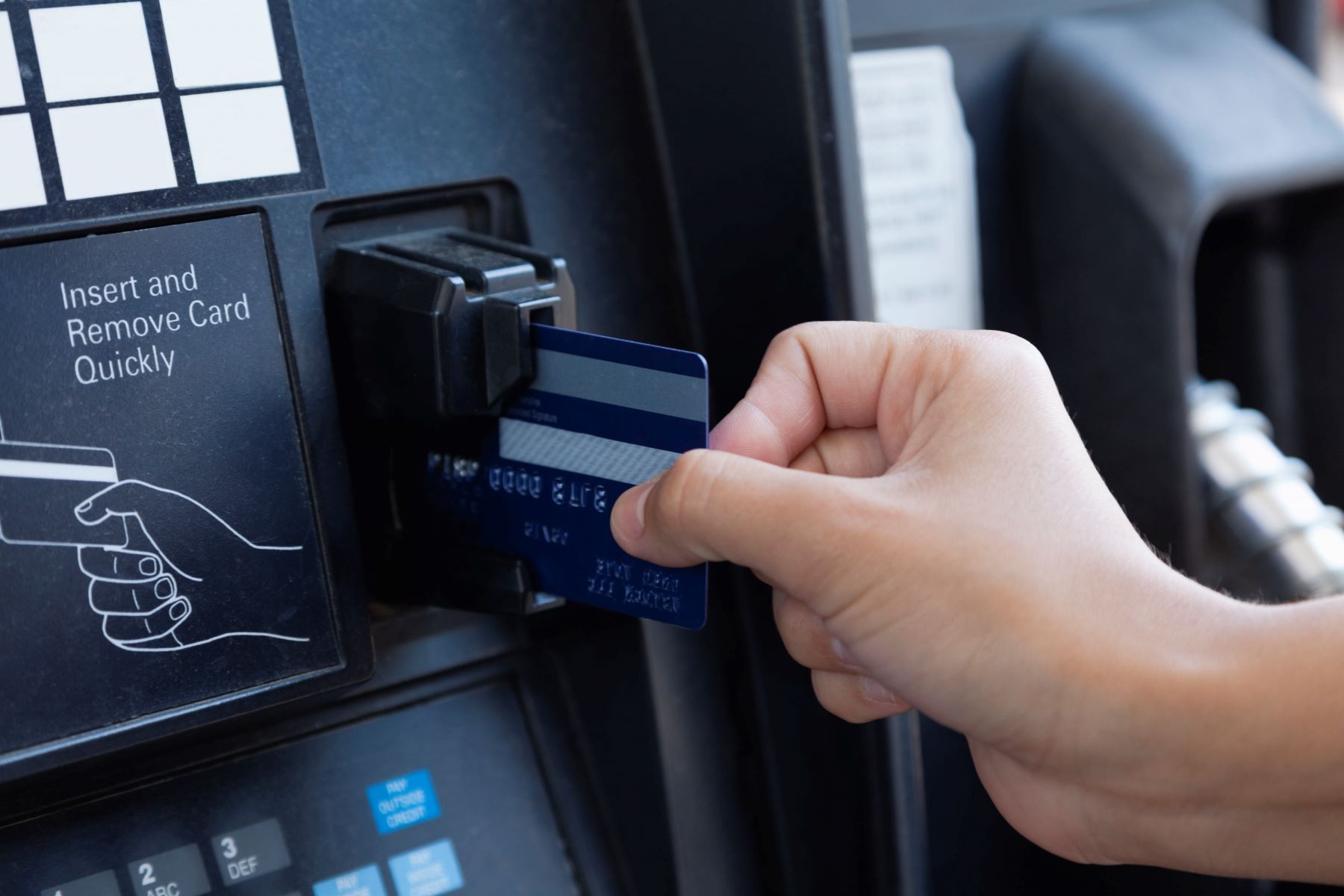

Finance
A-B Split Definition
Published: September 24, 2023
Learn the meaning of A/B split testing in finance and how it can improve your financial strategies. Boost your business growth with effective A/B split testing techniques.
(Many of the links in this article redirect to a specific reviewed product. Your purchase of these products through affiliate links helps to generate commission for LiveWell, at no extra cost. Learn more)
Finance: A Guide to Managing Your Money
When it comes to personal finance, it’s vital to have a solid understanding of how to manage your money effectively. Whether you’re looking to save for the future, pay off debt, or invest in your financial goals, having a good grip on your finances can lead to long-term financial success. In this blog post, we will explore some key strategies and tips to help you take control of your finances and improve your financial well-being.
Key Takeaways:
- Create a budget and track your expenses to get a clear picture of your finances
- Build an emergency fund to handle unexpected expenses
1. Create a Budget and Track Your Expenses
One of the most important steps in managing your finances is to create a budget. A budget helps you understand where your money is going and allows you to make informed decisions about your spending. Here’s how you can get started:
- Calculate Your Income: Begin by calculating your total monthly income, including your salary, freelance work, or any other sources of income you may have.
- List Your Expenses: Make a comprehensive list of all your expenses, including rent/mortgage, utilities, groceries, transportation, entertainment, and any other recurring expenses.
- Set Financial Goals: Identify your short-term and long-term financial goals, such as saving for a down payment on a house or paying off student loans.
- Create Categories: Categorize your expenses into different categories, such as housing, transportation, and entertainment. This will help you analyze your spending patterns.
- Track Your Expenses: Use budgeting apps or spreadsheets to track your expenses and compare them to your budget. This will help you identify areas where you need to cut back or find ways to save more.
By creating a budget and tracking your expenses, you’ll gain a clearer understanding of your financial situation and be better equipped to make informed decisions about your money.
2. Build an Emergency Fund
Unexpected expenses can often throw a wrench in your financial plans. Whether it’s an unforeseen medical bill or a major car repair, having an emergency fund can provide you with a safety net when you need it most. Here’s how you can start building an emergency fund:
- Set a Savings Goal: Determine how much you want to have in your emergency fund. Experts often recommend saving at least three to six months’ worth of living expenses.
- Automate Your Savings: Set up automatic transfers from your checking account to your emergency fund savings account. This way, you won’t forget to save each month.
- Cut Back on Expenses: Look for ways to reduce your expenses, such as dining out less or canceling unused subscriptions. Redirect the money saved toward your emergency fund.
- Save Windfalls: When you receive unexpected money, such as a tax refund or a work bonus, consider putting a portion or all of it into your emergency fund.
- Keep it Separate: Open a separate savings account specifically for your emergency fund. This will help you resist the temptation to dip into it for non-emergency purposes.
Building an emergency fund will provide you with peace of mind, knowing that you have financial security in case of unexpected events.
Managing your finances can be challenging, but by following these strategies and tips, you can take control of your financial future. Remember, it’s not just about making money but also making smart decisions with your money. Start implementing these practices today and watch your financial well-being improve over time.














